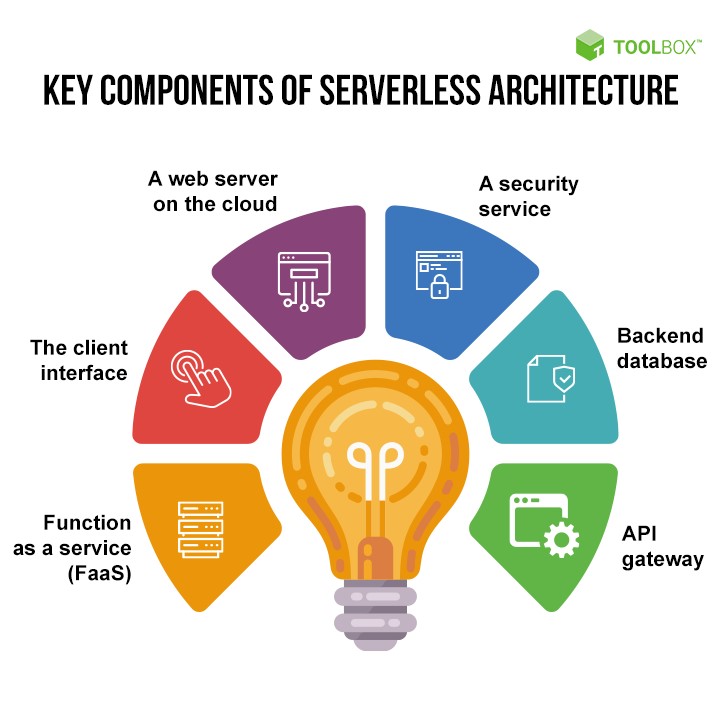Serverless Computing
What is Serverless Computing
Definition:
Serverless computing, also known as function as a service (FaaS), is a cloud computing model where the cloud provider dynamically manages the allocation of machine resources. In serverless computing, developers write code in the form of functions that are triggered by specific events or requests. The cloud provider automatically provisions, scales, and manages the infrastructure required to execute these functions, allowing developers to focus solely on writing code without concerning themselves with server management.
Analogy:
Imagine serverless computing as a pay-per-use electricity service for developers. Just as individuals consume electricity from the grid without owning or maintaining power plants, developers utilize computing resources as needed without managing servers. Serverless computing operates on-demand, providing computing power only when functions are invoked, similar to how electricity is consumed only when appliances are in use.
Further Description:
Serverless computing shifts the responsibility of infrastructure management from developers to cloud providers. Key characteristics include:
Event-Driven Architecture: Serverless applications respond to events or triggers, such as HTTP requests, database changes, or file uploads. Functions are executed in response to these events, enabling efficient resource utilization and cost optimization.
Automatic Scaling: Cloud providers automatically scale serverless functions based on demand. Functions are instantiated and terminated dynamically, ensuring optimal performance and resource utilization without manual intervention.
Statelessness: Serverless functions are stateless by design, meaning they do not maintain persistent connections or store session data between invocations. State is managed externally, typically through databases or external storage services.
Microservices Architecture: Serverless computing promotes a microservices approach, where applications are composed of small, independent functions that perform specific tasks. This modular design enhances scalability, flexibility, and maintainability of applications.
Why is Serverless Computing Important?
Scalability and Efficiency: Serverless computing enables automatic scaling of resources based on demand, ensuring efficient resource utilization and cost-effectiveness for applications with varying workloads.
Simplified Development: By abstracting infrastructure management, serverless computing allows developers to focus on writing code and building applications without worrying about server provisioning, configuration, or maintenance.
Cost Optimization: Serverless computing follows a pay-per-use pricing model, where users are billed only for the compute resources consumed during function execution. This model eliminates the need for provisioning and paying for idle resources, resulting in cost savings for organizations.
Rapid Innovation: Serverless computing accelerates the development and deployment of applications by reducing the time and effort required for infrastructure setup and maintenance. Developers can iterate quickly, experiment with new ideas, and bring products to market faster.
Examples and Usage:
Web Applications: Serverless computing is commonly used to build and deploy web applications, APIs, and backend services that require flexible scaling and cost-efficient resource utilization.
Data Processing and Analytics: Serverless platforms offer capabilities for real-time data processing, batch processing, and analytics, allowing organizations to derive insights from large datasets without managing underlying infrastructure.
IoT (Internet of Things): Serverless computing is well-suited for handling event-driven workloads generated by IoT devices, such as sensor data processing, device management, and event routing.
Key Takeaways:
- Serverless computing is a cloud computing model where developers write code in the form of functions triggered by specific events or requests.
- Key characteristics include event-driven architecture, automatic scaling, statelessness, and microservices design.
- Benefits include scalability, efficiency, simplified development, cost optimization, and rapid innovation.
- Examples of serverless computing applications include web applications, data processing, analytics, and IoT solutions.
Table of Contents





